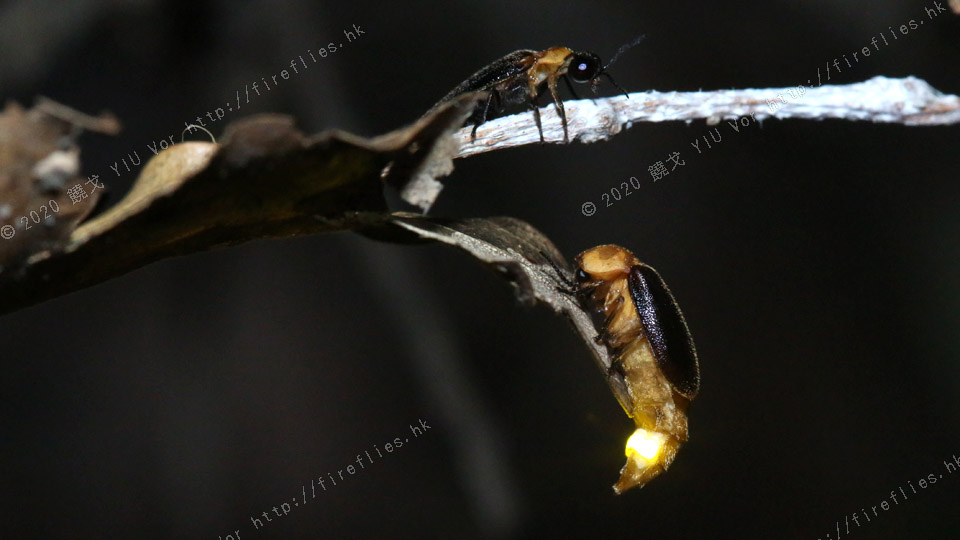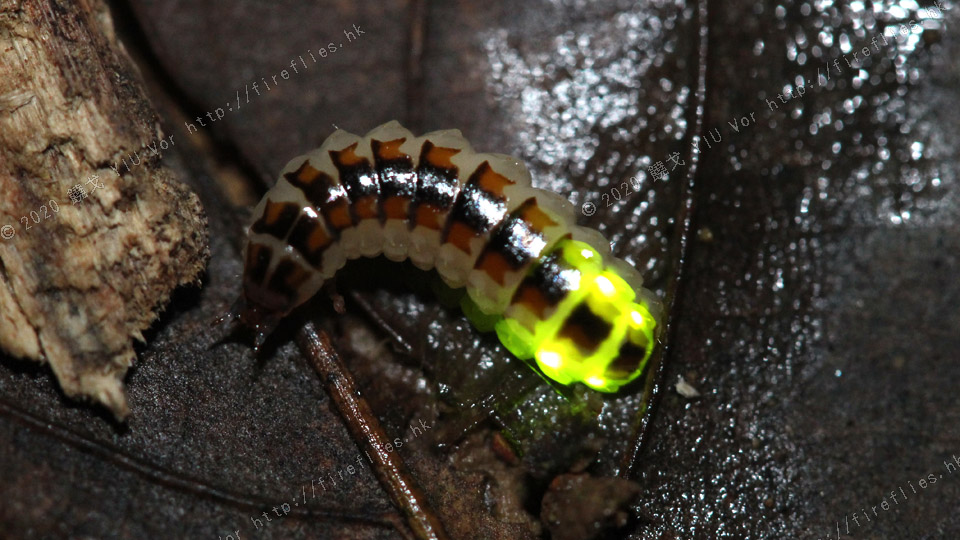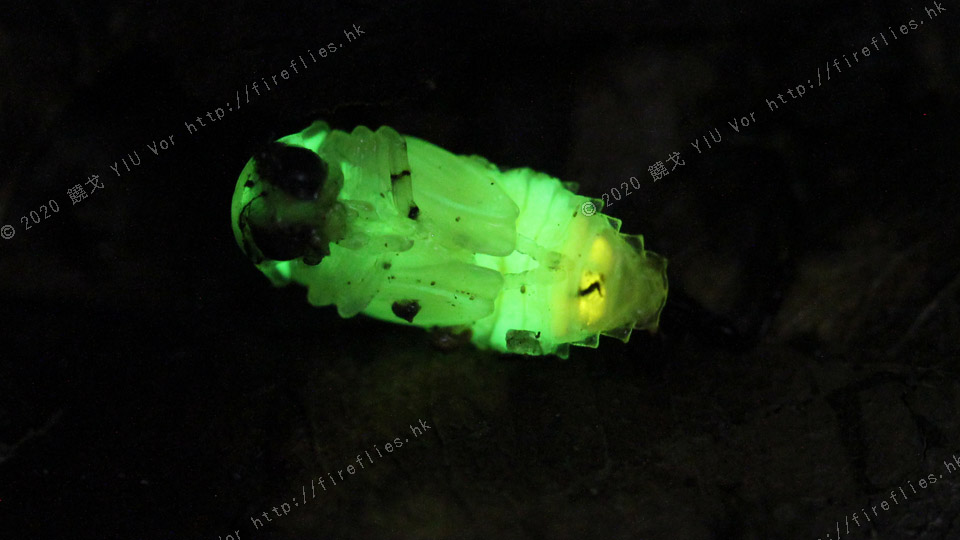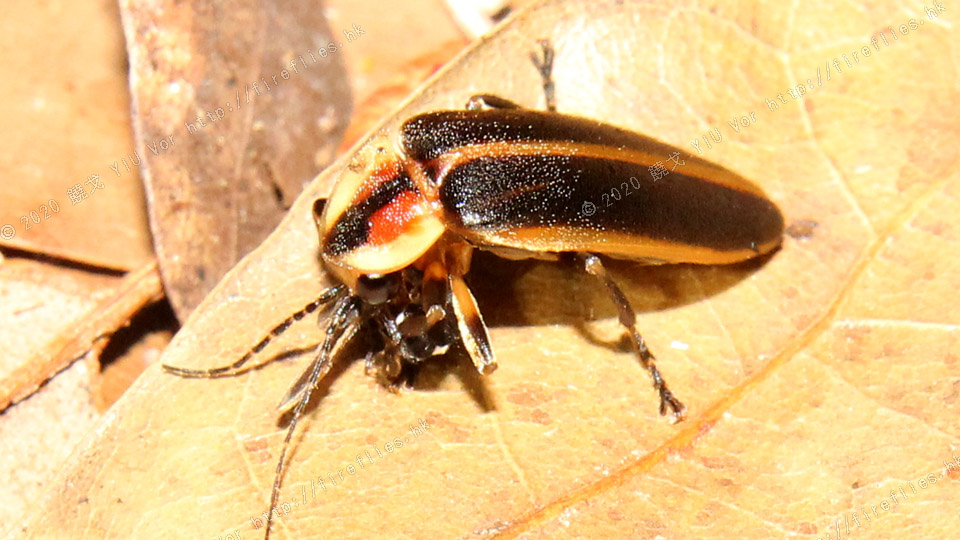根據目前所知,螢火蟲發光的目的有三:
There are 3 known reasons for bioluminescence of fireflies:
雌螢雄螢用螢光溝通 Male and female firefly use light to communicate

發光卵 Glowing eggs

發光幼蟲 Glowing larva

發光蛹 Glowing pupa

Photuris 正在進食 Photinus
- 作為兩性溝通的訊息傳遞;有些螢火蟲品種雌性發光,雄性被光吸引趨近之後,透過化學訊息確定雌螢身份,例子有凹眼螢、怪眼螢和垂鬚螢等;有些螢火蟲品種雌雄都發光,互相吸引;日間活動的螢火蟲品種則主要靠化學訊息溝通,但往往還殘留著發光功能,將雄螢置於黑暗還境中,依然隱約可見微弱的光。
- 作為警戒訊號;眾多實驗證明螢火蟲成蟲和幼蟲,受騷擾或襲擊時,會分泌有毒化學物質,而捕食者會將有毒和螢光聯繄起來,黑夜中遇見螢光會傾向避之則吉、不敢侵襲。
- 作為誘捕訊號;少數品種的螢火蟲,例如Photuris屬的一些種類的雌螢會模擬 Photinus屬雌螢的獨特閃光訊號,吸引其雄螢前來,然後將其捕食。
There are 3 known reasons for bioluminescence of fireflies:
- As a signal of communication between opposite sexes. Some species of firefly have female displaying light to attract male, male approaches the female and confirm the identity by chemical signal. Some species have both sexes displaying light and attracting each other. Diurnal species mainly rely on chemical signals to communicate. However, they might still retain the light producing function. Barely visible light can be observed from these nocturnal male in darkness.
- As a warning signal. Many experiments have proven that firefly adults and larvae would excrete toxic chemicals when being attacked or disturbed, and predators would associate the light signal with the unpleasant experience on contacting the toxic chemicals. As a result, predators tend to avoid living organism displaying light in the dark.
- As a lure. Female fireflies of the genus Photuris mimic flash signal of female Photinus in order to attract male Photinus and then predate on it.
雌螢雄螢用螢光溝通 Male and female firefly use light to communicate

發光卵 Glowing eggs

發光幼蟲 Glowing larva

發光蛹 Glowing pupa

Photuris 正在進食 Photinus
A
Photuris feeding on a Photinus
Many flashes from Hong Kong Fireflies on Vimeo.